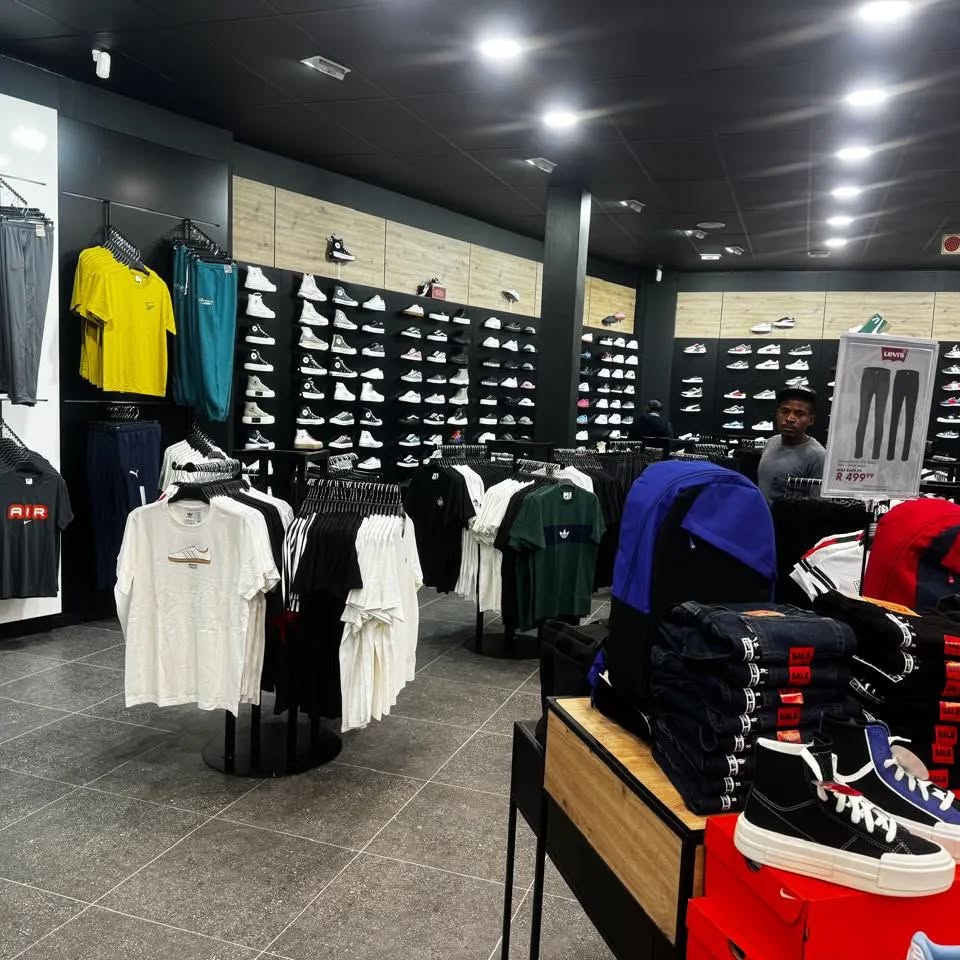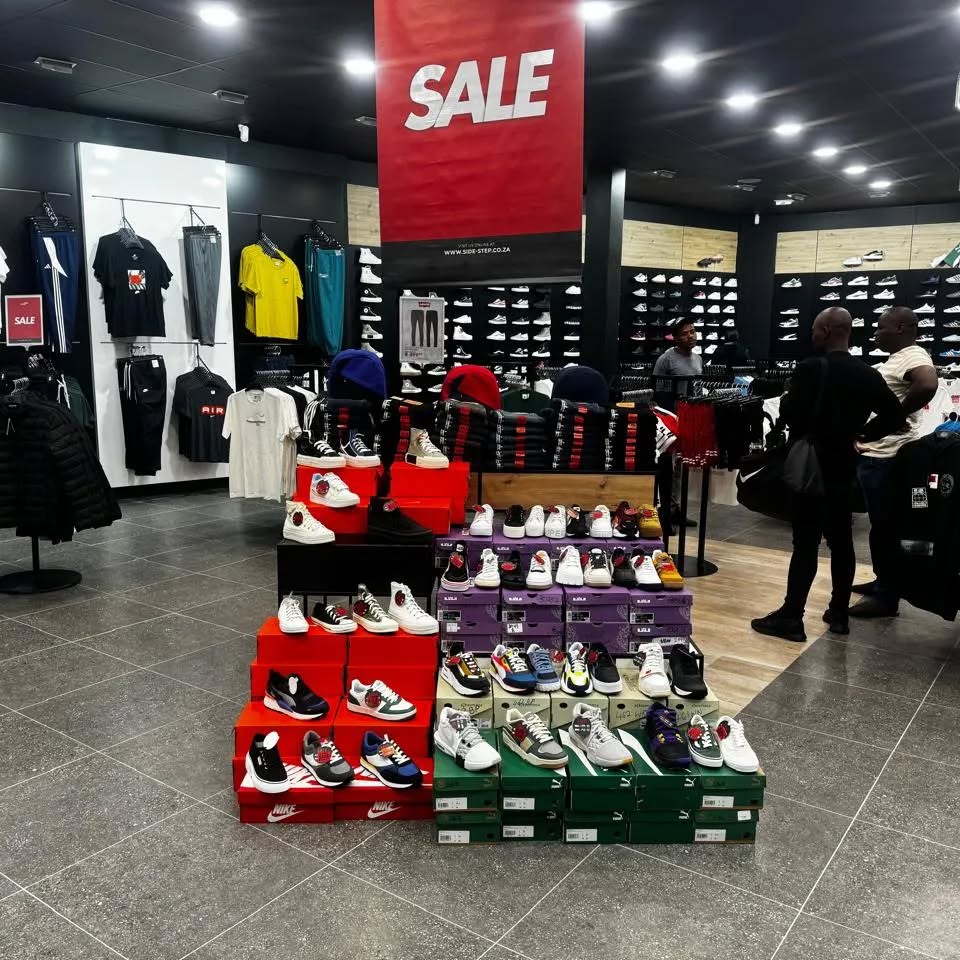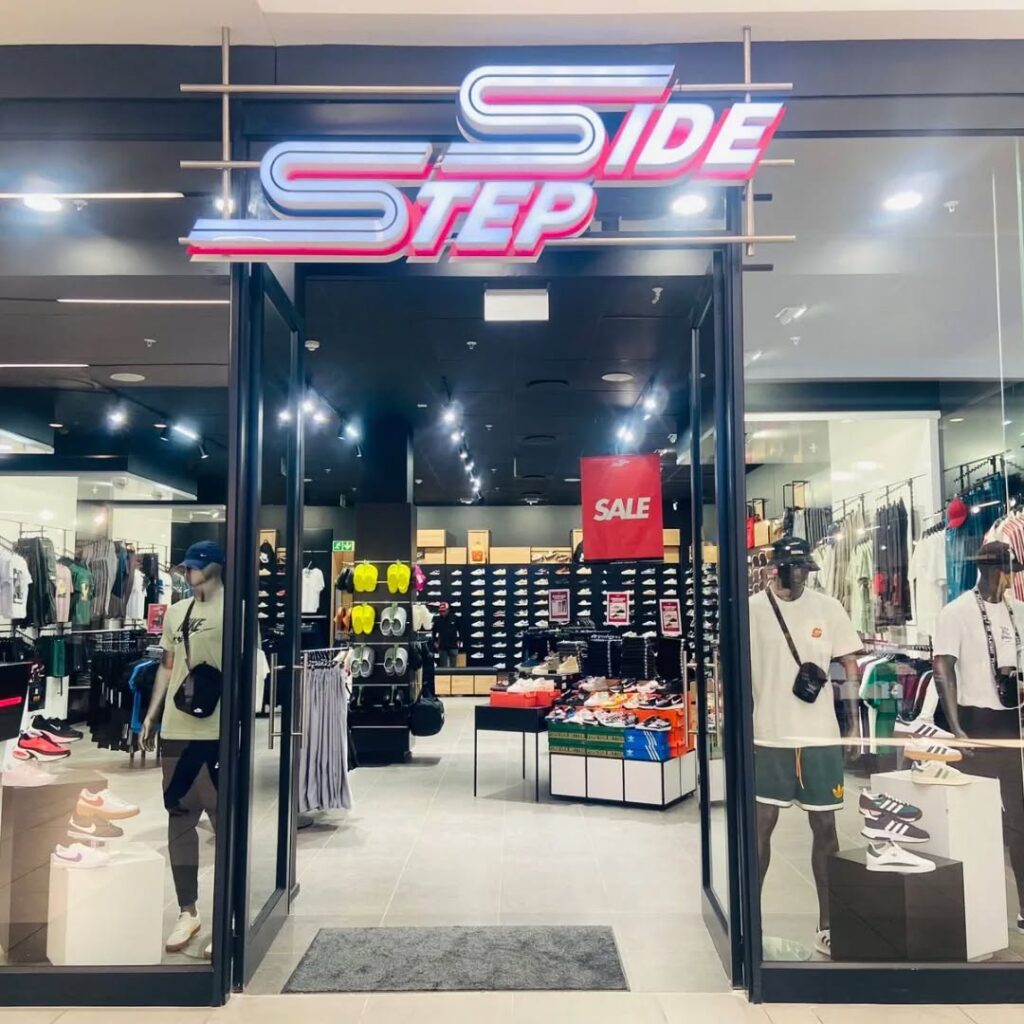How Side-Step Became a Sneaker Retail Powerhouse in South Africa: A Blueprint for Market Domination

How Side-Step Became a Sneaker Retail Powerhouse in South Africa: A Blueprint for Market Domination. In South Africa’s dynamic sneaker retail industry, few brands have made as significant an impact as Side-Step. From humble beginnings to becoming a dominant force in the market, Side-Step’s journey is a masterclass in strategic brand positioning, market adaptation, and customer engagement. By focusing on authenticity, strategic marketing, resilience, and growth, the brand has successfully carved out a niche in the competitive sneaker retail space.
The Early Days: Identifying a Market Gap
Side-Step recognized an opportunity in South Africa’s growing sneaker culture. Unlike global retail chains, which often catered to premium or mainstream consumers, Side-Step identified a demand for trendy yet accessible footwear catering to a broader audience. By offering a curated selection of sought-after sneaker brands at competitive prices, it positioned itself as a go-to destination for sneaker enthusiasts who valued both style and affordability.

Strategic Marketing: Capturing the Sneaker Culture
One of the key factors behind Side-Step’s success is its ability to align with sneaker culture. The brand understood that sneakers were more than just footwear—they were a lifestyle. Through a combination of social media engagement, digital marketing, and community-driven campaigns, Side-Step embedded itself within the culture it served.
Key marketing strategies that fueled Side-Step’s rise include:
- Leveraging Local Influencers and Trends: While there is no extensive documentation of major celebrity endorsements, Side-Step has engaged with local sneaker culture through brand activations and social media collaborations, helping it connect with young consumers.
- Community Engagement: Hosting in-store activations, sneaker drops, and campaigns that resonate with sneaker enthusiasts.
- Digital and Social Media Mastery: Utilizing platforms like Instagram and TikTok to showcase the latest sneaker trends, interact with customers, and drive online awareness.
Overcoming Challenges: Navigating a Competitive Market
Breaking into South Africa’s sneaker retail industry was not without its obstacles. The market was already dominated by international retail giants and well-established local players. Side-Step had to differentiate itself to stay relevant and grow.
To overcome these challenges, Side-Step focused on:
- Strong Brand Partnerships: While Side-Step does not have exclusive distribution rights, it has built strong relationships with top sneaker brands like Adidas, Nike, Puma, and Converse, ensuring a high-quality product mix.
- Customer-Centric Retail Experience: Investing in well-designed store layouts, knowledgeable staff, and personalized customer service to enhance the shopping experience.
- Omni-Channel Retailing: Expanding its footprint beyond physical stores by developing a solid e-commerce presence, though its dominance in online sales compared to physical retail remains less documented.

Expansion and Growth: Scaling the Business
Side-Step’s ability to scale is a testament to its strategic approach to expansion. The brand steadily increased its retail footprint by opening stores in high-traffic locations across South Africa. Additionally, it capitalized on:
- Data-Driven Decisions: Utilizing customer insights to determine store locations, inventory selection, and marketing strategies.
- Adapting to Trends: Quickly responding to global sneaker trends and consumer preferences, ensuring that its product offerings remained relevant.
- Strategic Retail Partnerships: Collaborating with major sneaker brands to secure in-demand releases and drive foot traffic
Lessons for Entrepreneurs: Building a Sustainable Brand
Side-Step’s success story offers valuable lessons for entrepreneurs looking to build resilient and impactful brands:
- Identify and Exploit Market Gaps: Understanding consumer needs and creating a tailored offering can set a brand apart from competitors.
- Cultivate a Strong Brand Identity: Aligning with cultural movements and lifestyle trends fosters customer loyalty and brand affinity.
- Embrace Digital and Social Engagement: A strong online presence is crucial for modern retail success.
- Stay Agile and Adapt: Being flexible and responsive to market trends ensures longevity in a competitive landscape.
- Invest in Customer Experience: A well-curated shopping experience—both online and offline—build. s lasting consumer relationships.

Final Thoughts: A Case Study in Brand Excellence
Side-Step’s rise in the South African sneaker market showcases the power of strategic thinking, adaptability, and customer engagement. By staying true to its core audience while continuously evolving with market trends, the brand has solidified its position as a sneaker retail powerhouse. Aspiring entrepreneurs can draw inspiration from Side-Step’s journey, applying its winning strategies to their own ventures for long-term success.



